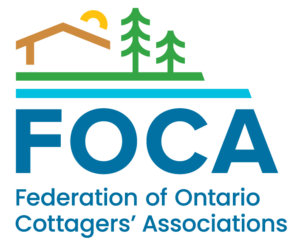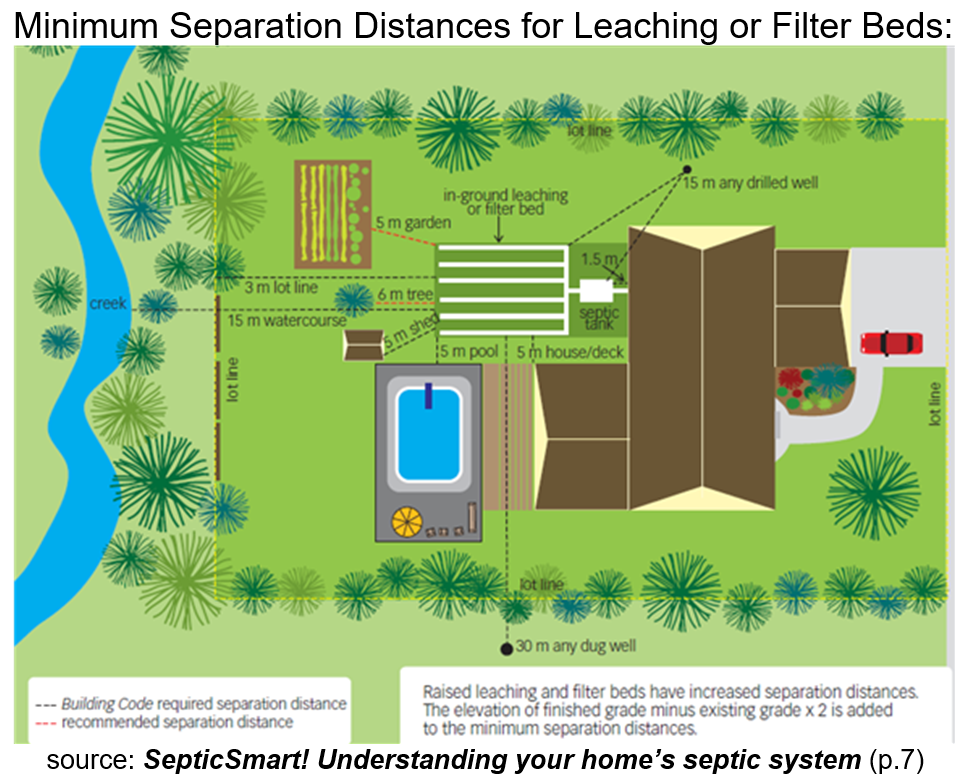
Most waterfront landowners in Ontario are NOT included in a Source Water Protection Area and therefore don’t benefit from the existing policies and programs that keep municipal drinking water safe.
Learn more below about the importance of testing your well water and keeping your septic system in good working order, in order to protect your rural water quality. Jump to homeowner resources below.

April 2024 – despite recent media accounts to the contrary, it is FOCA’s understanding there is no intention to end private drinking water testing in Ontario. Read FOCA’s letter (download PDF, 2 pages) to the Premier, Minister of Health, and President/CEO of Public Health Ontario on the topic.
April 17, 2024 – Province clarifies stance – Says Private Well Water Testing Will Continue (FrontenacNews)
Additional News & Media Coverage on this Topic:
Apr. 24, 2024 – Blog: Private Water Testing is a Public Health Issue (CELA)
April 10, 2024 – Public Health Ontario proposes phasing out free water testing of private wells (Cottage Life)
February 23, 2024 – OPSEU (the union representing public sector employees in Ontario) made a related media release: Prioritize public health: keep our community PHO Labs open!
December 2023 – the Ontario Auditor General released a report: Value-for-Money Audit: Public Health Ontario (download PDF; 43 pages) including a recommendation to close 6 of 11 Public Health Ontario laboratory sites.

FOCA and others have been calling for improvements to the protection of water to protect the drinking water of ALL Ontarians.
We have been working on “source water protection” since FOCA was founded in the 1960’s. FOCA pursues this goal by advocating for strong policies to protect our valuable water sources, and by encouraging the stewardship of Ontario’s waters by every individual.
Click the “Source Water Protection Area” link above to reach a scalable map (shown at the side) that outlines the limits of these areas across Ontario.
In many rural settings, homeowners rely upon well water. It is never safe to drink untreated surface water (lake or river water, for example). Jump immediately to homeowner information below about well water testing.
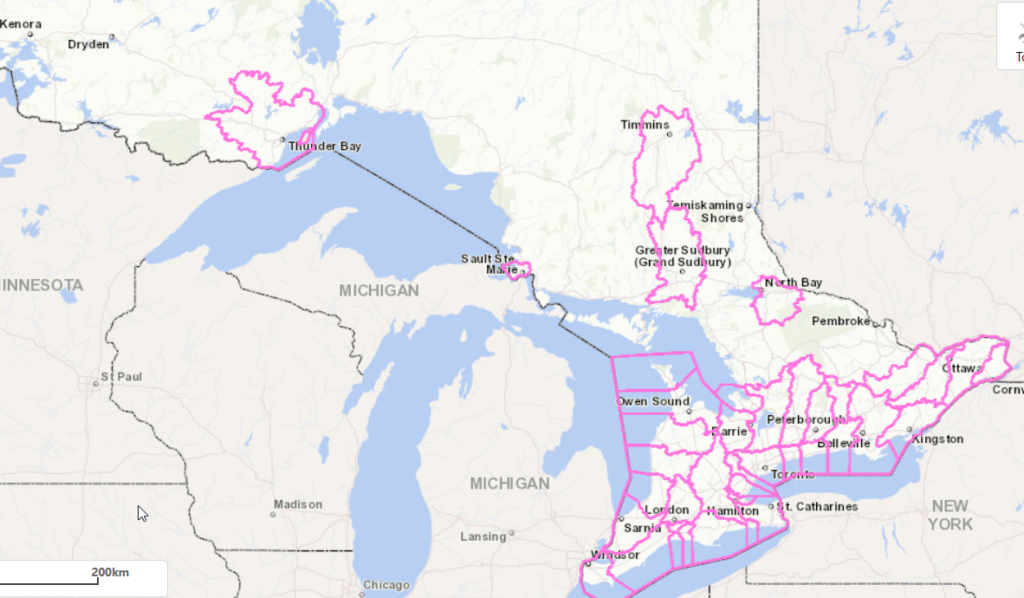
In February 2022 the Province of Ontario released Best Practices for source water protection; however, FOCA still has considerable concerns about gaps in rural and remote source water protection which affects our 50,000 member families.
FOCA’s past Executive Director, Terry Rees, has been intimately involved with water initiatives for over 20 years, including the development and implementation of the Ontario Clean Water Act, 2006. In his 2001 presentation to Justice Dennis O’Connor, Terry was quoted as follows: “The future safety of drinking water in the Province is inextricably tied to the care that we take in managing the integrity of these sources.” Ontario’s Environmental Commissioner also emphasized at the time the need for source protection: “The true protection for all our drinking water … lies upstream of the treatment plant.” (quotes courtesy of Walkerton Inquiry Part 2, Final Report)
As reported by our colleagues at Otonabee Conservation in their April 2024 e-news: on February 16th the Province proclaimed Ontario Regulation 41/24: Prohibited Activities, Exemptions and Permits, along with amendments to the Conservation Authorities Act and Ontario Regulation 688/21: Rules of Conduct in Conservation Areas, providing Conservation Authorities across Ontario with amendments that have been anticipated for some time. These new regulations aim to provide clear and consistent requirements for Ontario’s 36 Conservation Authorities, while addressing local differences across the province.
Sept. 2022 – NEW REPORT released: “Safe Drinking Water for All” – Twenty years after the release of the two reports of the Walkerton Inquiry, Canadian Environmental Law Association (CELA) has assessed the status of the 121 recommendations made by Justice O’Connor.
Safe Drinking Water for All: a Status Update on Walkerton’s Legacy, 20 years after Release of Inquiry Reports evaluates whether the recommendations continue to be implemented effectively, or if there have been any failures to meet the original objectives.
Many of FOCA’s concerns about gaps in rural and remote protection feature prominently in the CELA report.

October 10, 2022 – FOCA’s Executive Director is featured in this “deep dive” discussion: Blue Economy: The challenges with protecting source water (WaterCanada). Says Terry Rees: “We’re all responsible as individuals–from the people we elect to how we vote with our dollars.”
Related News:
April 20, 2022 – FOCA’s Terry Rees was featured on the panel of speakers talking about “Protecting our Source Water” in the Blue Economy Webinar Series presented by the Canadian Water Summit and Water Canada. Watch the 1-hour recording here.
While the Province’s new guide is a useful compilation of information about water and what individuals can do to protect it, FOCA feels that such a voluntary approach – without technical resources, implementation or enforcement provisions – is not an acceptable substitute for clear, effective and enforceable rules to safeguard drinking water sources that serve non-municipal drinking water systems (particularly those serving vulnerable persons, kids, seniors, etc.).
FOCA has encouraged everyone to review the Best Practices guidelines (link is above), to provide input to the Province by April 18, 2022, and to make the information available to your respective community members. We all have a role to play in protecting our drinking water!
April 18, 2022 – FOCA responds to Ontario’s Best Practices for Source Water Protection
April 14, 2022 – CELA (the Canadian Environmental Law Associations) reponds to Ontario’s Best Practices for Source Water Protection
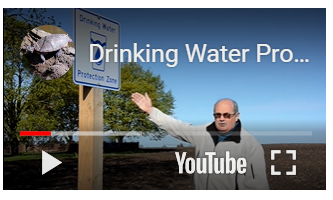
Learn more:
The Ausable Bayfield Maitland Valley Source Water Protection Region has created a series of public videos explaining the processes of groundwater treatment, and source water protection. View the videos from their webpage: https://www.sourcewaterinfo.on.ca/news/videos/
Well Water: Homeowner Resources
As a cottage owner, it’s important to know where your water supply comes from and take necessary steps to ensure it is safe to drink. Private wells can be a source of bacterial contamination that can cause waterborne illnesses. To prevent such risks, it’s recommended to test well water for bacteria at least once a year. Collecting water samples and sending them to a local lab for analysis is the recommended procedure, with the spring thaw being a good time for sampling. The melting of snow and ice during the spring can reveal any potential changes in water quality due to the seasonal transition. Learn more about well water testing from the Ontario Ground Water Association and connect with your local Ontario Public Health Unit to do a water test. Become “Well Aware” (download PDF, 32 pages) with the Green Communities booklet for residential well owners.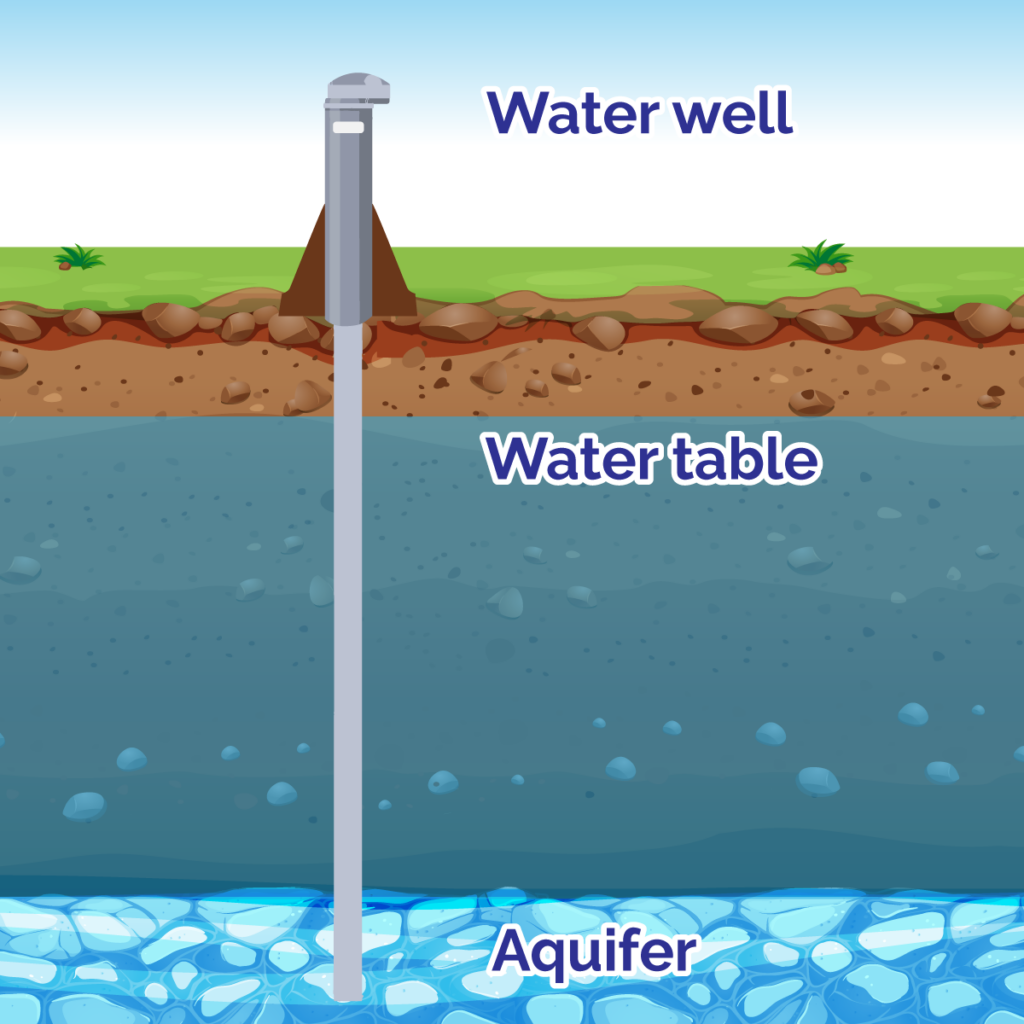
image: Ministry of the Environment, Conservation and Parks – Water Management – Groundwater
By taking preventative measures such as regular testing, property owners can ensure the safety of their water supply and protect the health of all guests.
Planning a new-build or renovating a property including moving or placing new buildings or septic systems? Remember to consult the Building Code regulations about required distances between wells, septic systems, buildings, and waterways. The image at the side is taken from the publication, SepticSmart! Understanding your home’s septic system. (PDF, 23 pages) – see page 26 of the new edition for this diagram.
Homeowners can also consult resources related to living with well water and septic systems in FOCA’s publication: A Shoreline Owner’s Guide to Healthy Waterfronts.
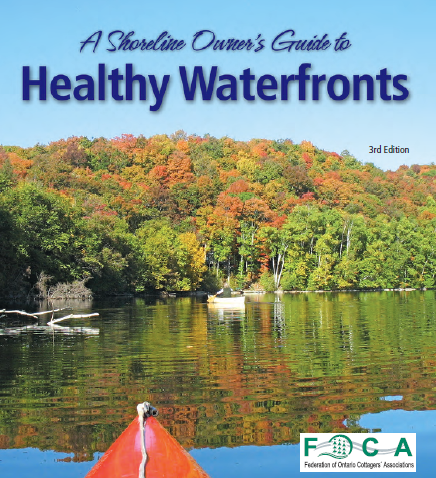

Please note: the following is archival material, and some links to third-party resources may no longer be active.
November 2021 – Closing the gaps. What needs to happen to protect everyone’s drinking water in Ontario? (Water Canada magazine, featuring FOCA)
related: Water Canada Magazine online version (January 2022)
September 29, 2020 – Is Ontario’s Clean Water Act Responsive to Contemporary Water Source Protection Challenges? (The simple answer is: NO!) (Water Canada)
May 2020 – Walkerton’s Drinking Water Protection Legacy (CELA)
May 2020 – See this Ontario Municipal Water Association (OMWA) retrospective video on the Walkerton tragedy, the crisis response, capacity building, restoring trust and credibility, new challenges, and continuous improvement that have been the hallmarks of source water protection in Ontario since the tragedy.
Quotable: “The 2020 Walkerton Report should not be viewed as something cast in stone; it was surely the best effort that everybody involved in the inquiry could come up with at the time. Since 2002 there is new research, new threats, new technology. The Report should be something on which to continue building, so we never let our guard down, maintain vigilance, and avoid complacency. That is the message from the Walkerton Inquiry.” The Honourable Dennis O’Connor O.C., OOnt, Q.C.
January 2020 – Ontario’s Clean Water Act does not currently require mandatory protection of groundwater used by well clusters in hamlets, villages and towns, nor does it consider rural lakes, even though such sources may supply drinking water for hundreds or even thousands of residents. A recent Application for Review was submitted through the Environmental Bill of Rights by Canadian Environmental Law. Read more: https://cela.ca/water-wells-remain-at-risk/
May 22, 2018 – The Walkerton Tragedy: Lessons Learned and Unfinished Business (Canadian Environmental Law Association)
November 2015 – Ontario actually fares relatively well in a national assessment of safe drinking water sources, though most of the evaluation relates to the safety of MUNICIPAL drinking water…. See: Millions of people are still getting their drinking water from substandard municipal and private systems (National Post)
Related Report: Waterproof 3 – Monitoring Canada’s Drinking Water
2014 FOCA Update:
It is very much of interest to FOCA that Ontario’s Auditor General (AG) included a chapter on Source Water Protection in her 2014 report. The objective of the audit was to assess whether the Ministry of the Environment and Climate Change (MOECC) had effective systems and procedures to:
- ensure the long-term sustainability of the sources of drinking water in the province;
- reduce health risks and potential future costs by effectively managing and protecting drinking water sources in accordance with related legislation; and
- reliably measure and report on its performance.
For related topics, visit these additional FOCA webpages:
